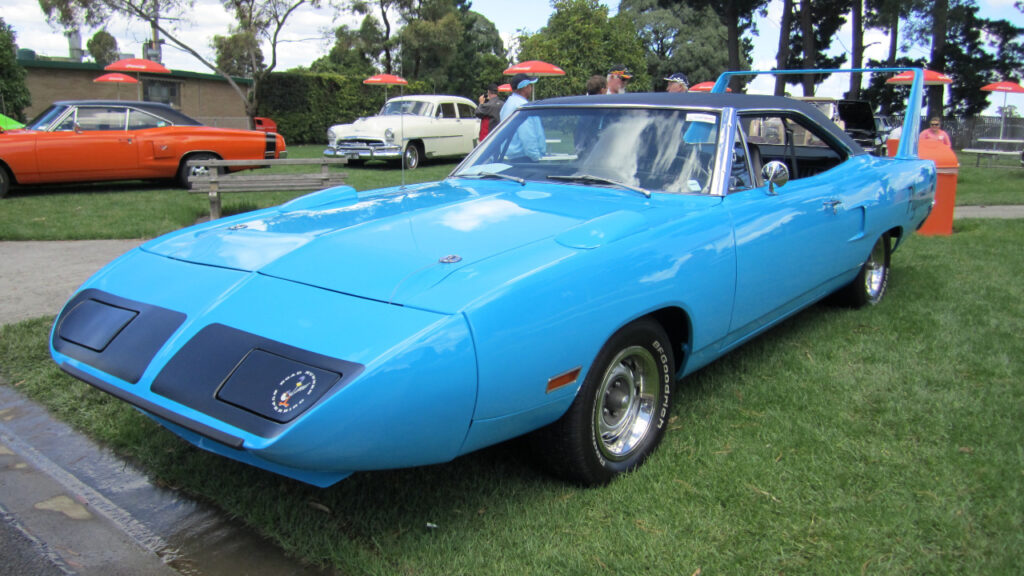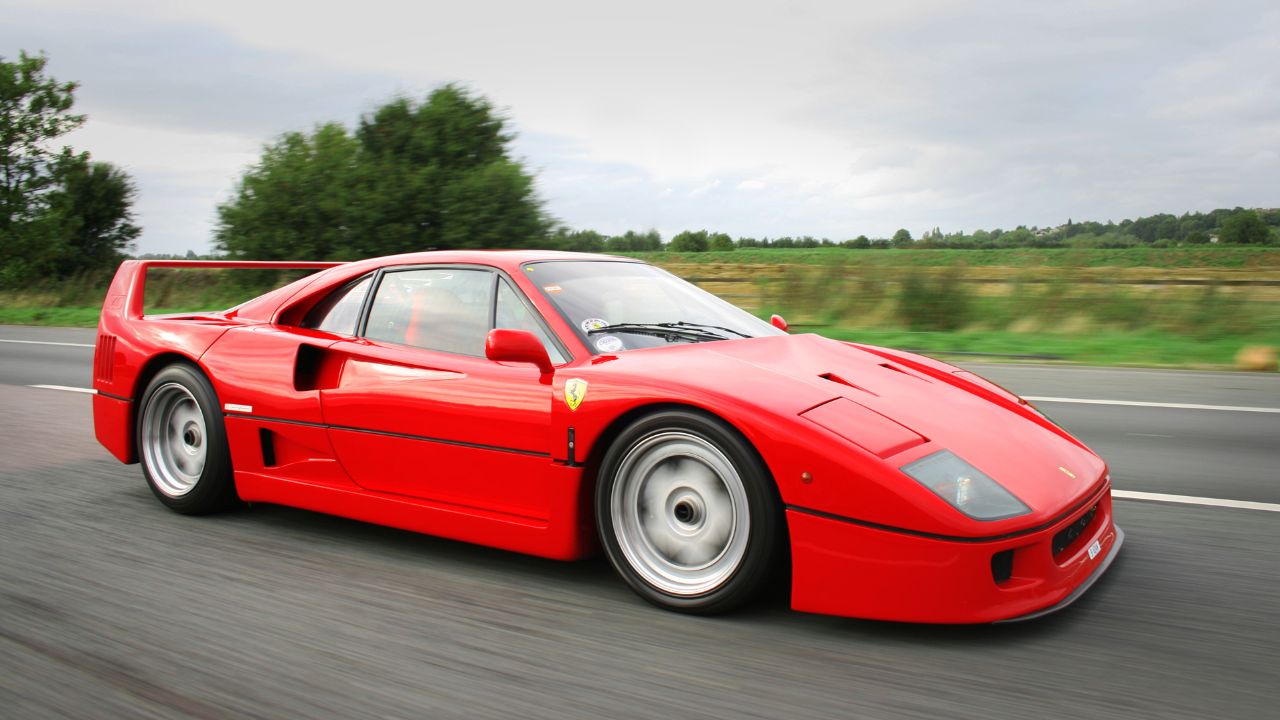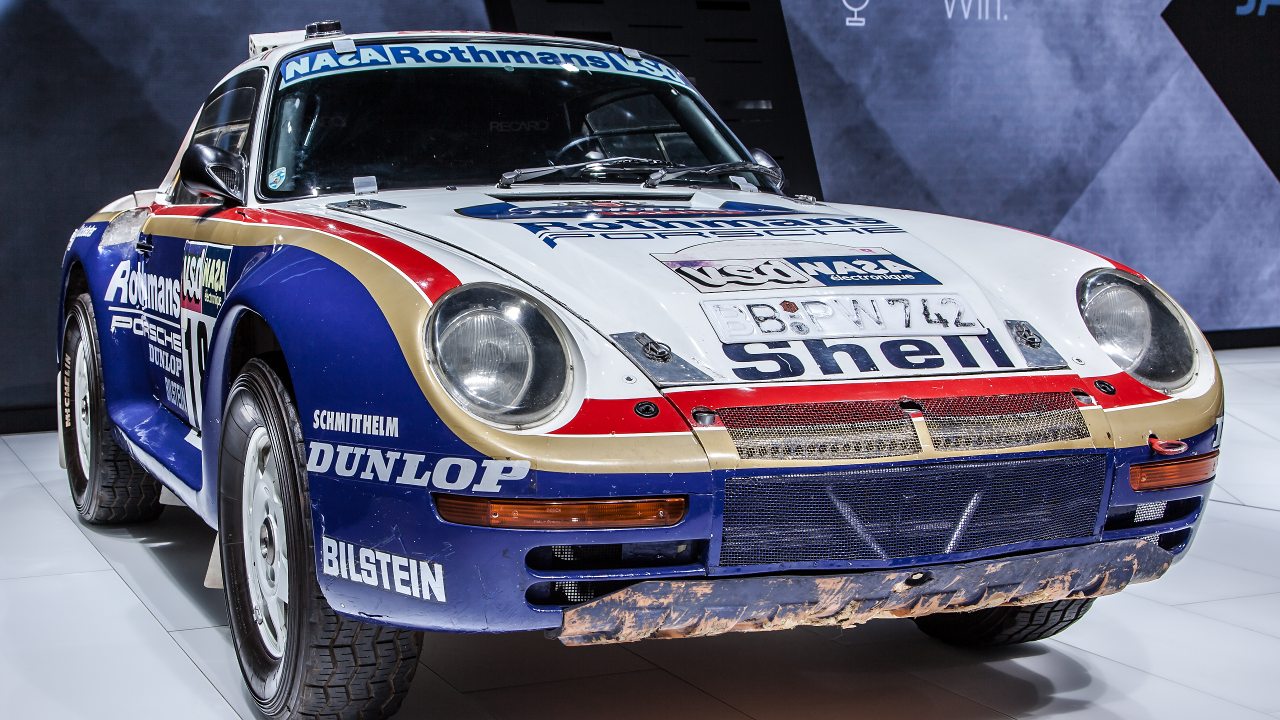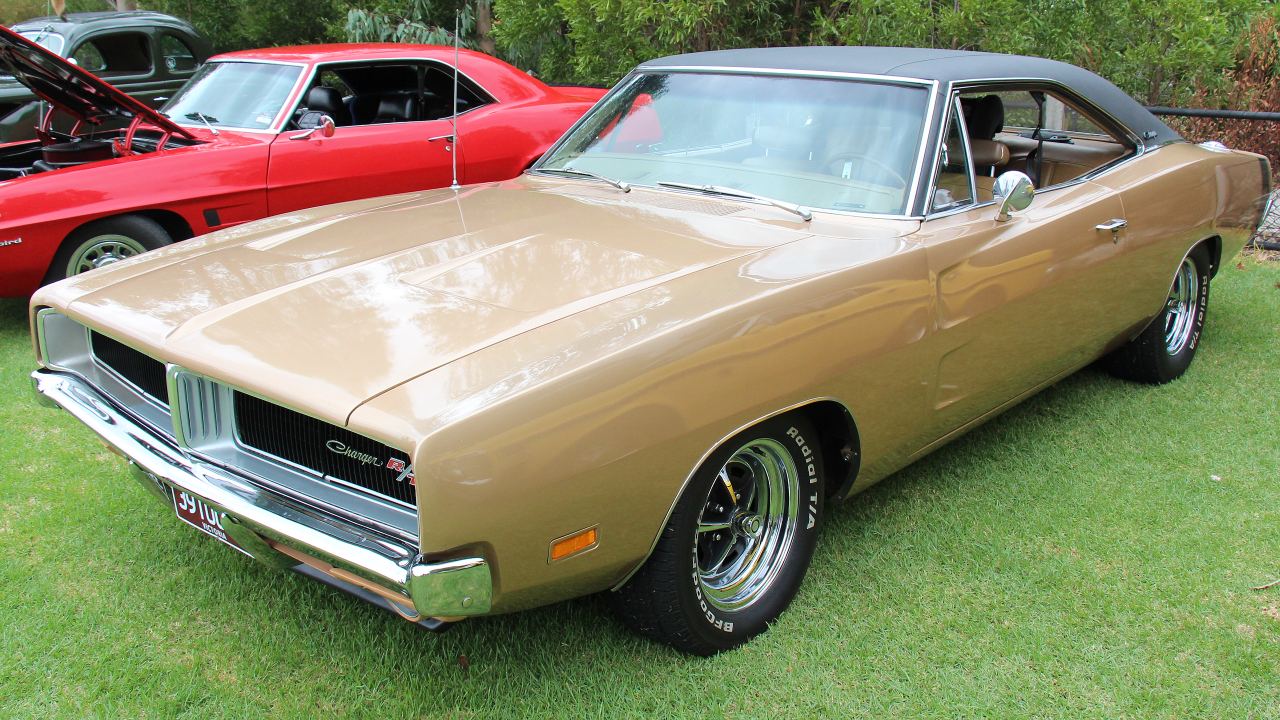Homologation specials are a unique breed of vehicles, crafted to satisfy motorsport regulations by producing a limited number of road-legal versions. While many are simply toned-down race cars, some stand out due to their peculiar design choices and engineering. This article delves into the strangest homologation specials ever created, highlighting the creativity and audacity of automotive manufacturers.
The Oddities of Aerodynamics

In the world of homologation specials, aerodynamics often takes center stage, leading to some truly bizarre designs. These vehicles are not just about speed; they are about how air flows over and around them, which can significantly impact performance. The 1970 Plymouth Superbird, for example, was equipped with an enormous rear wing and a pointed nose cone, features that were essential for its success in NASCAR. These aerodynamic elements were not just for show; they helped the car achieve greater stability at high speeds, a crucial factor in competitive racing.
Unconventional bodywork often plays a critical role in meeting racing requirements. The Lancia Stratos HF, with its wedge-shaped design, is another prime example. Its short wheelbase and wide track were designed to enhance maneuverability and grip, essential for rally racing. The Stratos’ distinctive shape was not just an aesthetic choice but a functional one, allowing it to dominate the World Rally Championship in the 1970s. These vehicles pushed the boundaries of aerodynamics, demonstrating that sometimes, the strangest designs are the most effective.
Engine Experiments

Homologation specials have also been a playground for engine experimentation. Manufacturers have often used these vehicles to test unusual engine configurations that would otherwise never see the light of day. The Mazda RX-7, for instance, featured a rotary engine, a rarity in the automotive world. This engine type offered a high power-to-weight ratio, which was ideal for racing, despite its complexity and the challenges it posed in terms of reliability and maintenance.
Another fascinating example is the BMW M1, which utilized a mid-mounted inline-six engine. This configuration was chosen to optimize weight distribution and handling, crucial for the car’s performance in Group 4 racing. The M1’s engine was not only powerful but also served as a testbed for technologies that would later be used in BMW’s production models. These experimental engines highlight the innovative spirit of manufacturers, who were willing to take risks to gain a competitive edge.
Uncommon Materials and Construction

The use of rare or innovative materials is another hallmark of homologation specials. These vehicles often employed cutting-edge construction techniques to reduce weight and enhance performance. The Ferrari F40, for example, was one of the first production cars to use carbon fiber extensively. This material significantly reduced the car’s weight, allowing it to achieve remarkable speed and agility.
Similarly, the Audi Sport Quattro utilized Kevlar and fiberglass in its construction, materials that were not commonly used in road cars at the time. These materials provided the necessary strength and lightness required for rally racing, where every kilogram counts. The use of such uncommon materials not only improved performance but also set new standards for automotive construction, influencing the design of future vehicles.
Unexpected Features and Innovations

Homologation specials have often been the birthplace of unique features and technologies that later became industry standards. The Porsche 959, for instance, introduced an advanced all-wheel-drive system that was revolutionary at the time. This technology provided superior traction and handling, giving the car a significant advantage in rally racing and influencing the development of all-wheel-drive systems in modern sports cars.
Another example is the Nissan Skyline GT-R, which featured an innovative ATTESA E-TS all-wheel-drive system and a Super-HICAS four-wheel steering system. These technologies enhanced the car’s stability and cornering ability, making it a formidable competitor on the track. The introduction of such features through homologation specials demonstrates how these vehicles have driven technological advancements in the automotive industry.
The Legacy of Strange Homologation Specials

The impact of these unusual homologation specials extends beyond their racing success. They have left a lasting legacy on both motorsport and automotive design. The innovations and design choices made in these vehicles have influenced modern cars, pushing manufacturers to explore new technologies and materials. The aerodynamic designs, experimental engines, and advanced features seen in these specials have become benchmarks for performance and innovation.
Moreover, these cars have become highly collectible, with enthusiasts and collectors seeking them out for their rarity and historical significance. The fascination with homologation specials continues to grow, as they represent a unique intersection of engineering prowess and creative design. Their influence on racing regulations and vehicle design is undeniable, and their legacy will continue to inspire future generations of automotive engineers and designers.
Like Fast Lane Only’s content? Be sure to follow us.
Here’s more from us:
*Created with AI assistance and editor review.






Leave a Reply